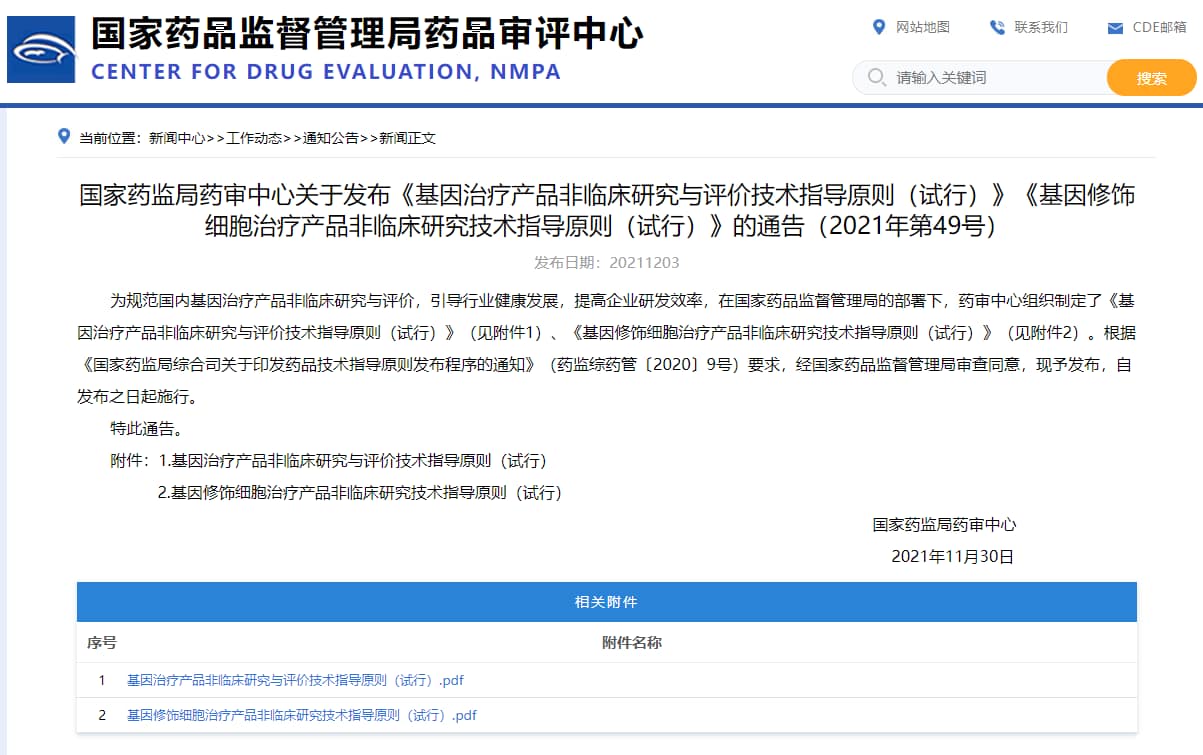Recently, the Center for Drug Evaluation (CDE) of the State Drug Administration issued three guiding principles related to gene therapy and cell therapy, For the first time, organoids are included in the validation guidelines for gene therapy and genetically modified cell therapy products.
What are organoids?
Organoids are micro-organs with a three-dimensional structure grown in vitro using adult stem cells. Genetic background and histological characteristics that are highly similar to those of organs in the body; have complex structures similar to real organs, and can partially simulate the physiological functions of source tissues and organs; conduct tissue biology, developmental regeneration, disease modeling, organ transplantation technology improvement, drug discovery/efficacy evaluation, and toxicology research by simulating the endogenous environment.




